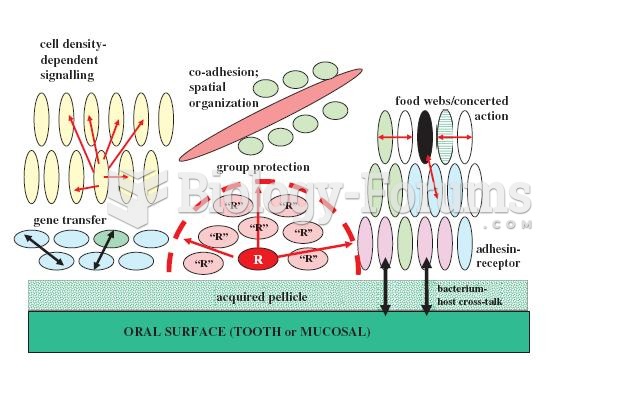Answer to Question 1
Formation
Gang formation involves a sense of territoriality. Most gang members live in close proximity to one another, and their sense of belonging extends only to their small area of the city. At first, a gang may form when members of an ethnic minority join together for self-preservation. As the group gains domination over an area, it may view the area as its own territory, or turf, which needs to be defended from outsiders.
Leadership
Those who assume leadership roles are described as cool characters who have earned their position by demonstrating fighting prowess, verbal quickness, or athletic distinction. In fact, in some gangs each age level has its own leaders. Older members are not necessarily considered leaders by younger members. There appear, then, to be diverse concepts of leadership, depending on the structure of the gang. Less-organized gangs are marked by diffuse and shifting leadership. More-organized gangs have a clear chain of command and leaders who are supposed to plan activities and control members' behavior.
Communication
One major source of communication is graffiti. Gangs also communicate by means of a secret vocabulary. Gang communication can also involve hand signs that are quickly displayed with the fingers, hands, and body and have very specific meanings to gang members (e.g., representing). While gang colors, signs, and so forth are traditional, law enforcement agents now report that gang members are becoming more sophisticated and have modified or ceased traditional or stereotypical gang action, for example, no longer display their colors, tattoos, or hand signs in order to remain under the radar.
Answer to Question 2
A







